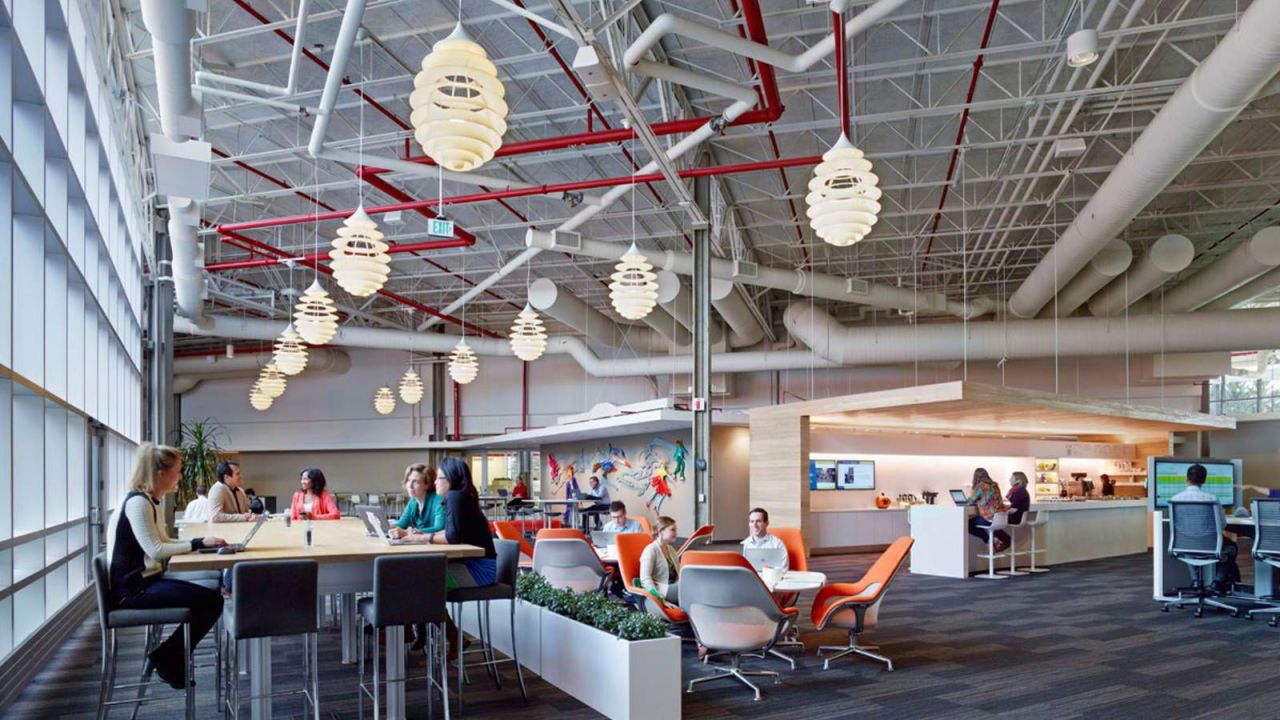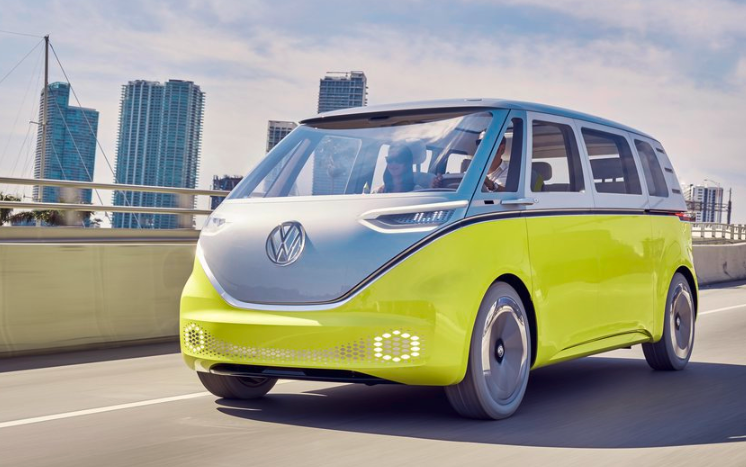
Throughout time architecture and physical structures have defined the focus of society. In early Western Europe, the most massive and most intimidating buildings were churches. Later as nation-states began to gain power, impressive government buildings and monuments to military achievement shot up on the landscape. Today’s most remarkable constructions are skyscrapers that house multinational corporations and tall high-rise penthouses of the wealthy elite. In the coming Hero’s Journey Economy (HJE), people’s discretionary time and money will be focused on personal transformation. Architecture and design will focus on journey support and enablement. As a result, both public and private spaces will significantly shift to accommodate this new societal movement. The meeting places for transformational groups like Alcoholics Anonymous, Weight Watchers, or S.C.O.R.E. often take place in church basements or cramped community rooms with stale coffee and flickering fluorescent lighting. As the HJE begins to take hold, spaces and designs will reconfigure to meet the needs of these transformation groups. Modern and flexible layouts with comfortable seating, color schemes, and lighting will transform these spaces into areas that foster innovative thinking and dialogue.
Stealing a page from business incubators, the design of these spaces will be welcoming areas for like-minded people to meet and exchange ideas. With whiteboard walls, intuitive computer projection systems, and the latest video conference capabilities, these facilities will offer state of the art technologies for people and groups on transformational projects.
These new private and public spaces will be like a modern-day DaVinci workshop and will foster the creativity and innovation of the participants. The areas also will offer coaches, mentors, and instructors access to multiple specialized facilities without the need for substantial investment in a fixed brick and mortar location. Facilitators can work out of numerous sites expanding their market reach in an efficient and affordable style.
There is no more physical structure that has represented the importance of the consumer-driven economy as the commercial shopping mall. As the products and services economy took off, these commercial properties designed for mass consumption sprung up everywhere. Fueling this phenomenon were complicated tax incentives that encouraged developers to build new shopping structures long after mall traffic numbers began their steep decline. The result is large retail infrastructures with low occupancy rates, with many permanently closed and occupied by drug dealers, gangs, and the homeless.
In the HJE, consumer demand for products and services will continue to decline. Combined with the convenience and aggressive pricing of on-line shopping, malls are facing existential risk. Tapping into the HJE, malls can redefine themselves as transformation centers designed to enable societal physical, mental, spiritual, and entrepreneurial journeys. The traditional anchor retailer will be replaced by 24-hour mega-gyms and meditation centers offering unique environments, equipment, and instruction not available at home or on-line. These renovated locales will be transformational hubs that will house diverse offerings from business incubators, and worship services to float tanks and sleep centers. The result will be a suburban renaissance of the Mall with a mission shift from a business based on mass consumption to personal transformation.

Transportation Redesigned

Self-driving cars and advanced technology-driven transportation will change how we approach the daily commute and movement from one location to another.. Once perfected, smart car technology will free up the driver to sleep, read, even take a class. Car ownership will morph into a transportation utility like electricity that you pay for monthly mobility for access to mission designed vehicles. The model of the automobile requested can vary with each trip based on the task required during the excursion with specialized cars intended for exercise, meditation, writing, and project creation or entertainment.
Refining the Third Place
Ray Oldenburg, in his 1997 bestseller, termed the phrase the third place. Not work and not home but a third place in your life that you go to hang. Throughout time these third places have taken on many different formats. As cave dwellers, the campfire was the place to unwind and tell stories of the hunt before going to sleep. For many, their church was and still is their third place. For others, it’s a bar, coffee shop, or gym. Third places were even iconic locations in TV shows with the Cheers Bar, Seinfeld’s Diner, and Friends and Frazer’s Coffee shop.
The third-place stands alone as a comfortable place to meet, hang out, or just people watch. This third place will be refined and take on new meaning in the HJE. Technology and extended free time are going to expand the idea of a third-place into another area where meetings of transformation will occur.
Nocturnal Constructs
The evening practice of couch potato recluse behavior that developed in the late 1960s will give way to a renaissance of nightly social gatherings, both in-person and virtual, centered around progression against a specific project, self-improvement, goal achievement, and overall encouragement. The evening hours of Monday to Thursday will emerge again as a time of social interaction, support, and celebration.
In his book, Bowling Alone, Robert Putnam points out that over time we have become much more reclusive in the post-work hours. Putnam estimates that the fall-off in engagement after 1965 is 10% due to pressure of work and double-career families, 10% to suburbanization and commuting, 25% to the individualization of media (television), and 50% to ‘generational change.[1] In the HJE Economy, nighttime activities, particularly those focused on transformation, will remerge in our culture.
Not long ago, Nike discovered, through the use of their mobile app, that runners, many of the women, were gathering to run at night. The night running occurrences were in much larger number than Nike had expected, and it appeared to be a global phenomenon. To support night runners, Nike designed specialized night running gear and offered safety tips on its website and app for night running.
In the HJE mastermind groups or factions of like-minded people will leverage the evening hours to meet and build their skill sets, be accountable, and encourage journey takers on their path. Indoor and outdoor venues that cater to evening and late-night transformational activities will find an avid and loyal customer base.
No Place like Home
Home designs will be flexible to adjust to new and emerging journeys. Specialized design consultants will modify a home to support different or unique missions. A person taking up painting with watercolors will employ an expert to turn that extra bedroom into an art studio. A designer will leverage lighting, colors, furniture, sounds, and even smells to support an optimal setting of creative water coloring. Easy to wash floors and digitally enhanced video equipment linked to an instructor will make the entire room an advanced art studio. The layout will allow for easy conversion back to a bedroom or other journey theme room at a later date.
The Opportunity for Landlords
Because of COVID-19 and a dramatic shift in consumer shopping behavior, the commercial real estate business has never been more challenged. Forward-thinking lenders and leasers have a unique opportunity to take advantage of the emerging Hero’s Journey Economy to repurpose vacant properties to serve better a growing sector of society seeking transformational locations to support them in their mission.
[1] Bowling Alone


